Year in review: top 10 art and culture stories of 2023, selected by Wallpaper’s Hannah Silver
Silver’s top 10 art and culture stories of 2023 include in-depth profiles, eclectic exhibitions, and arresting photography, and span from ANOHNI to Nan Goldin and Stephen Galloway
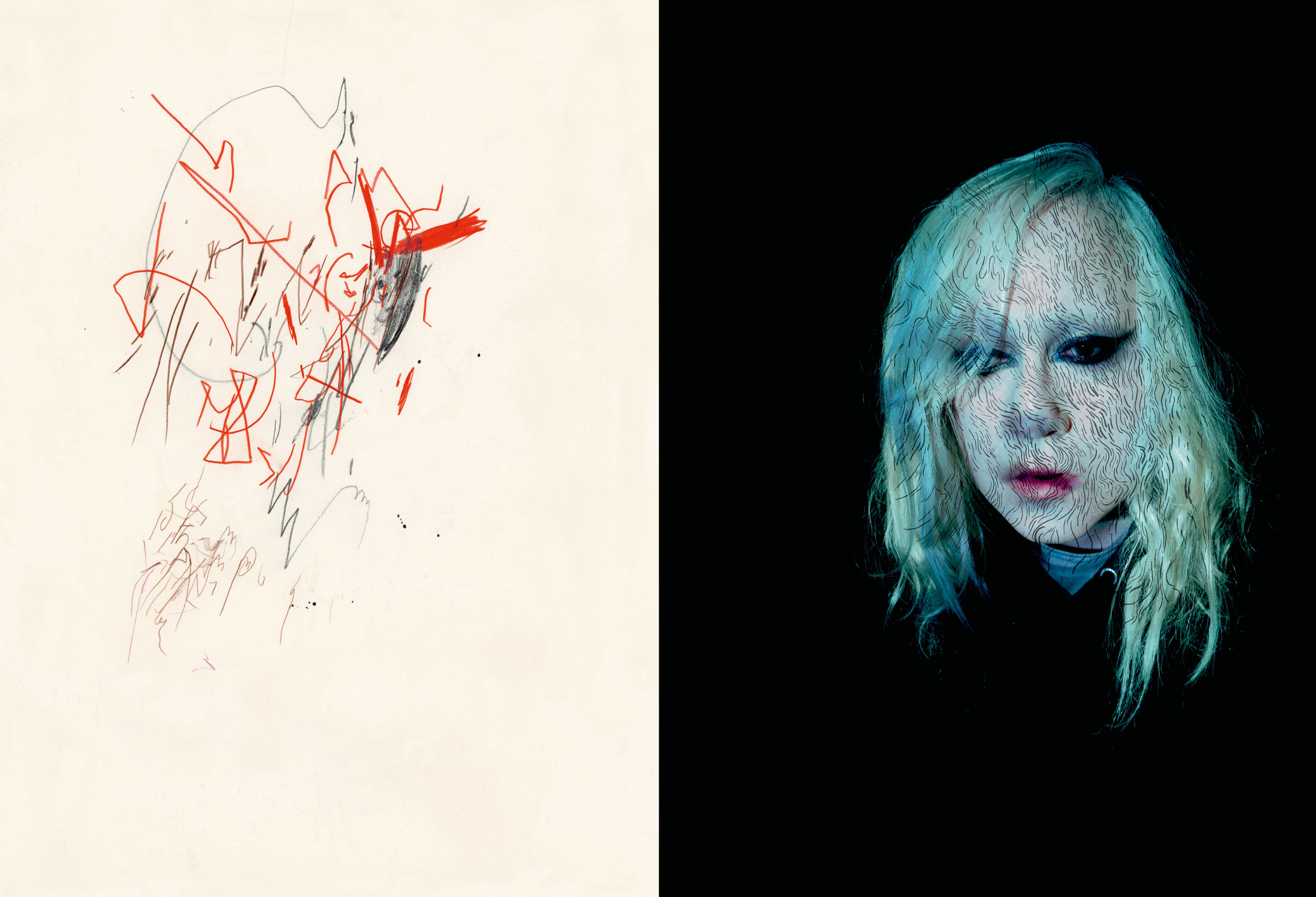
Our top 10 art and culture stories of 2023, chosen by arts & culture editor Hannah Silver, include in-depth profiles and photography-book deep-dives, and range from ANOHNI to Nan Goldin, Moomins and messy motherhood. Enjoy our highlights of the year (in no particular order).
Wallpaper’s top 10 art and culture stories of 2023
01. Artist Nan Goldin confronts power and accountability in the US opioid crisis
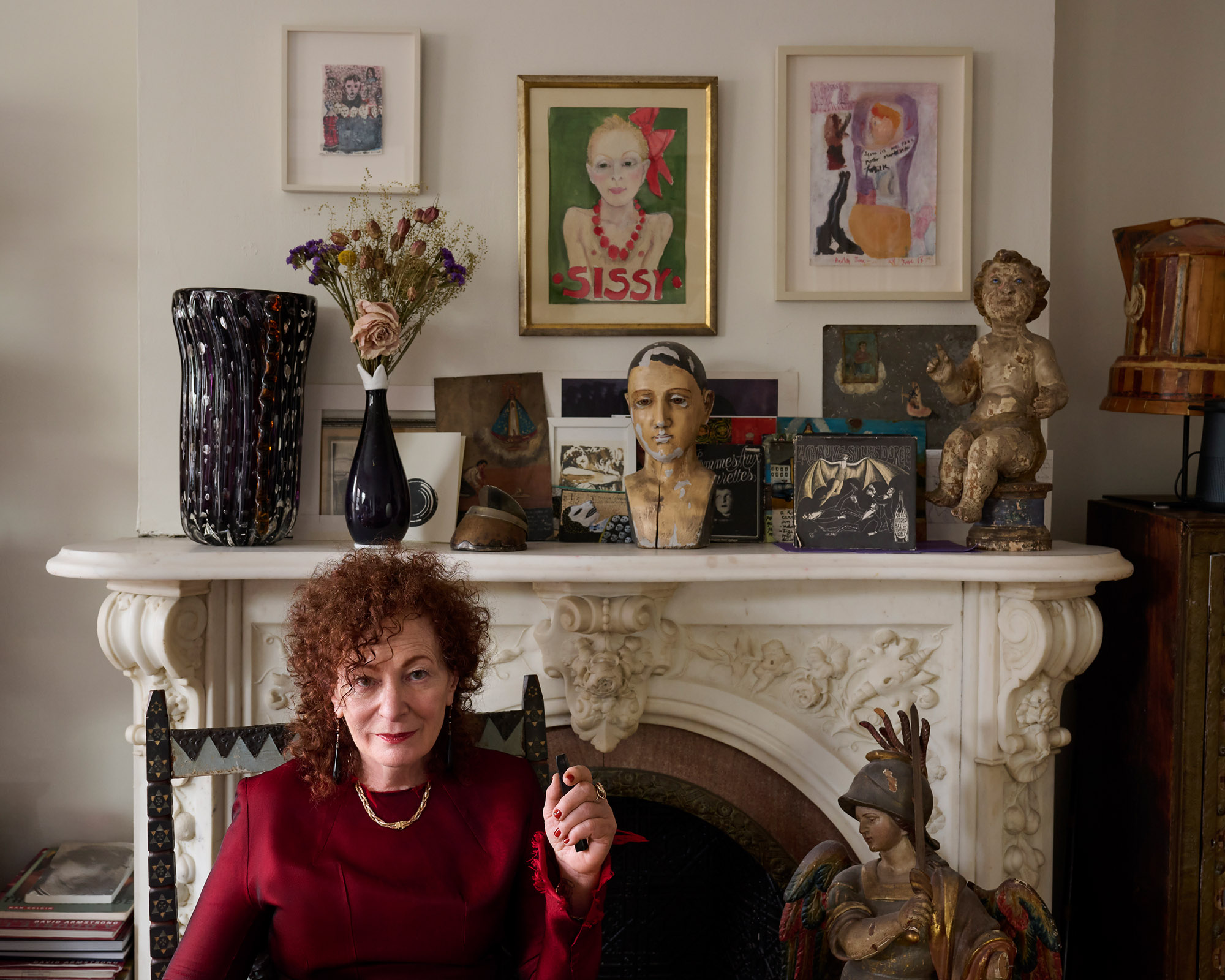
Addiction is a complex beast. It can masquerade as cure, ally or pleasure, but often results in pain. Artist Nan Goldin knows about addiction; she’s been inside it, witnessed it, and documented its many facets. She has also confronted its pain, those who have profited from that pain, and used her platform as a force for reckoning.
Goldin first took Oxycontin (a strong opioid-based painkiller) in 2014 for tendonitis in her wrist. She had struggled with heroin addiction in the 1980s and got sober; this was different, she was hooked overnight. ‘It was the cleanest drug I’d ever met,’ she said in a now-landmark 2018 essay for Artforum, explaining how her life revolved around the painkiller: ‘Counting and recounting, crushing and snorting was my full-time job. I rarely left the house. All work, all friendships, all news took place on my bed. When I ran out of money for Oxy, I copped dope. I ended up snorting fentanyl and I overdosed.’
02. Stephen Galloway on turning movement into magic

In any creative process, there’s a search for that magical moment when you hit the mark. And in any creative process, the stage can be perfectly set – so to speak – yet that special moment never comes. Which is why today’s most sought-after creatives – whether working on a photo shoot, music video, TV commercial or the catwalk of a fashion show – rely on Stephen Galloway as a guarantee to bring the magic. Using the roll of a shoulder, the twist of a head, the exact placement of an arch of a foot, Galloway – featured in our Wallpaper* USA 300 – has pioneered a unique profession as a creative movement director.
03. The rich, creative life of Moomins creator Tove Jansson
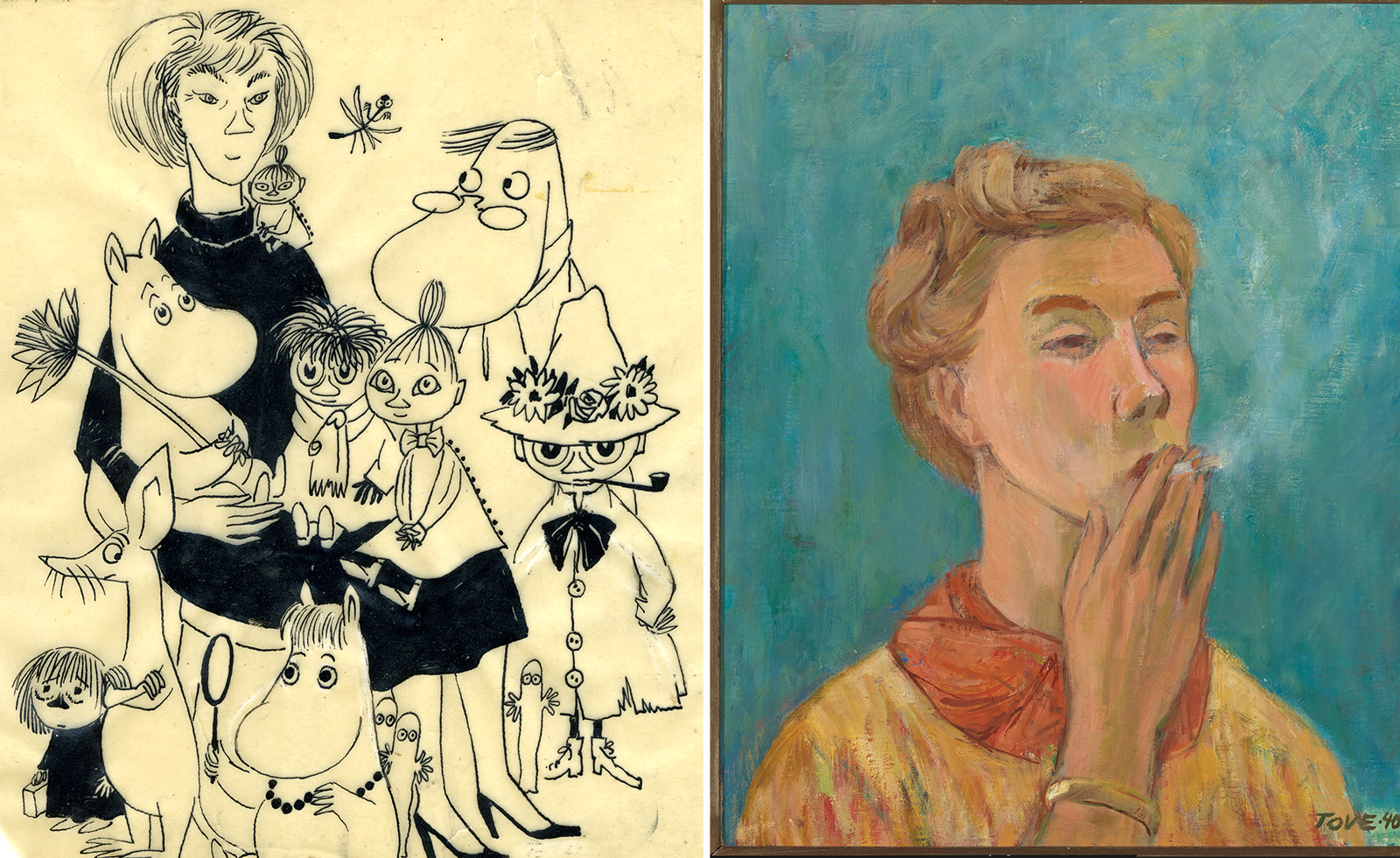
As a female, queer artist working in the years before and after the Second World War, Finnish artist and Moomins creator Tove Jansson (1914-2001) was compelled to carve out a unique career as a painter, illustrator and, later, author. Her fantastical, rich aesthetic was reflected in her vibrant personality, both of which came together in her rich body of work, which encompasses texts, illustrations and paintings.
Receive our daily digest of inspiration, escapism and design stories from around the world direct to your inbox.
Jansson’s eclectic body of work became the subject of a Paris exhibition in autumn 2023, ‘Houses of Tove Jansson’, curated by art institution The Community. Produced both with Jansson’s estate and Moomin Characters, the retrospective examined Jansson’s life and oeuvre and, for the first time, considered her work alongside that of contemporary artists.
04. Avery Singer considers 9/11 trauma and corporate anonymity at Hauser & Wirth
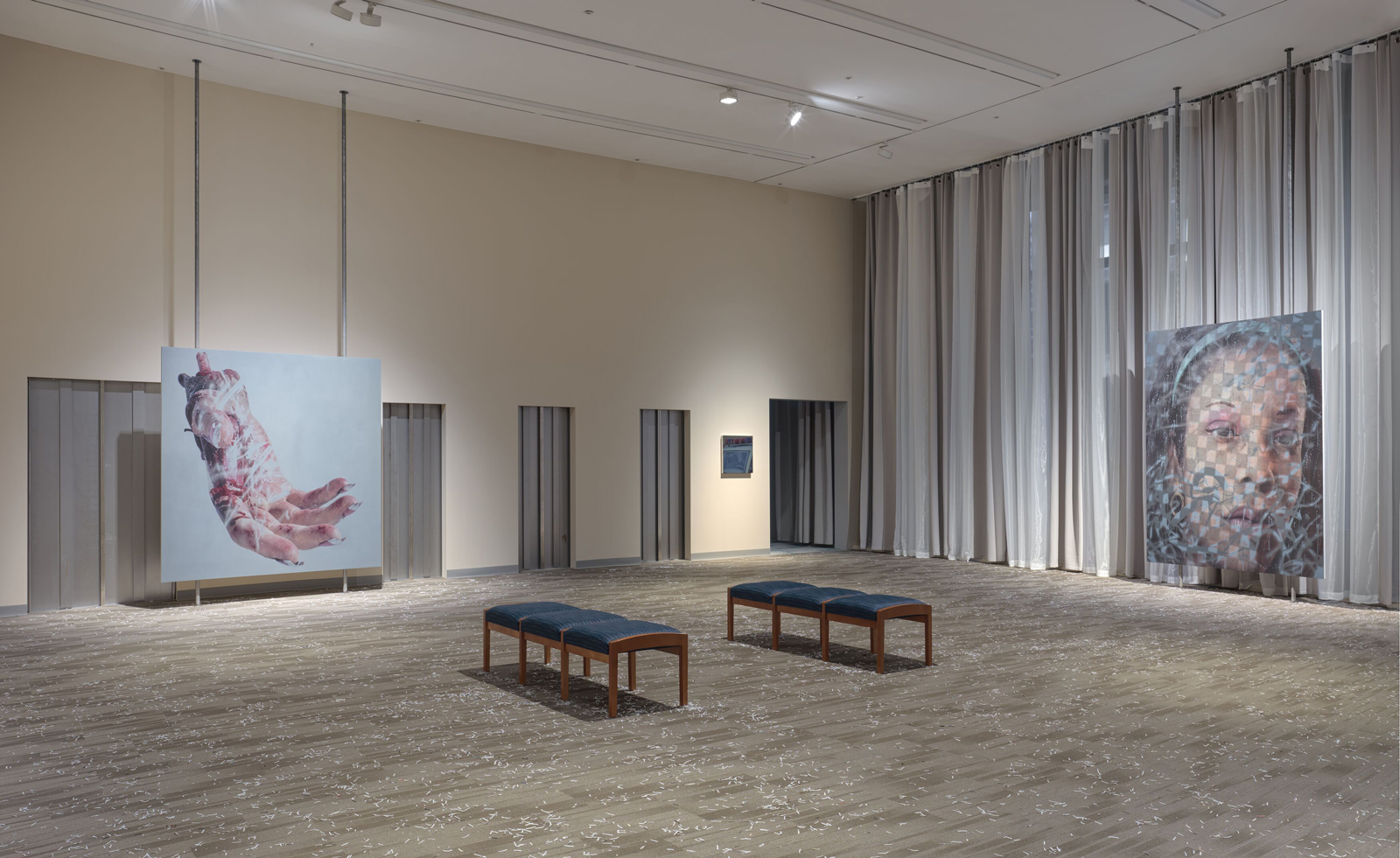
The image of 9/11 is viscerally stamped into collective memory. Media photographs of planes impacting, buildings collapsing, and bodies falling have been so widely proliferated that those who weren’t in New York may feel as though they saw the attack firsthand. Avery Singer’s ‘Free Fall’ at Hauser & Wirth London, coinciding with Frieze London 2023, offered a new perspective. The installation tangles together the artist’s childhood memories of the Twin Towers, in which her mother worked; her own trauma following the attack; and the survivors made famous through widely distributed press images.
Both Hauser & Wirth’s Saville Row galleries were turned, floor to ceiling, into office spaces. One gallery housed a long corridor that wound into the main room; the other, an imposing wall of elevators. The windows were panelled to match those of the towers, with 18in gaps meant to combat vertigo. ‘Corporate aesthetic in the last few decades hasn’t changed that much. It’s all beige, neutral tones,’ said the artist. ‘It’s oppressive and ugly but also calming.’
05. Wallpaper* contributing editor Ekow Eshun explores time, identity and cultural memory in Ghana
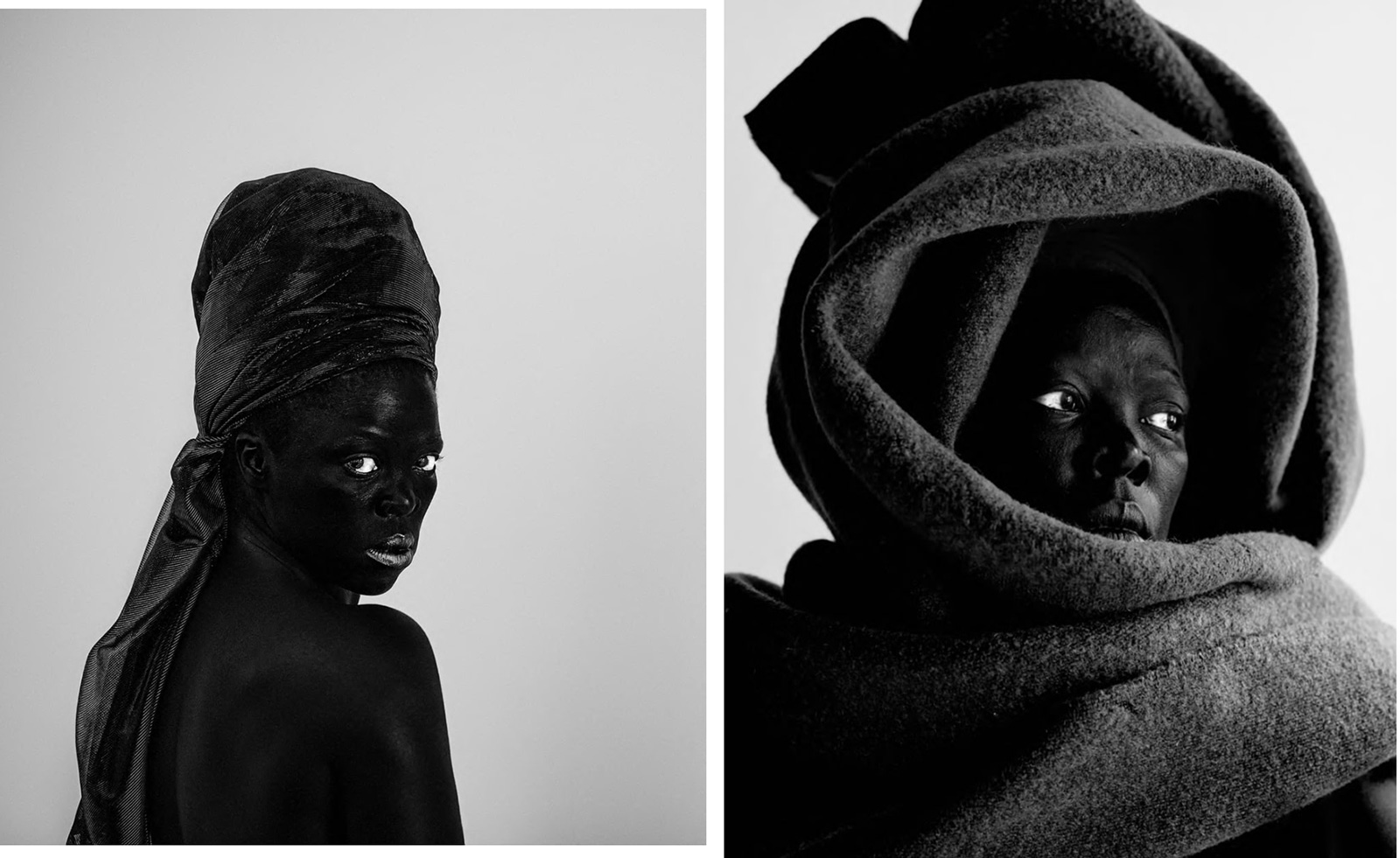
Sankofa – the Ghanaian concept of revisiting the past in order to move forwards – was considered in an exhibition, ‘In and Out of Time’, held at Gallery 1957 in Accra, Ghana, that wove together different mediums, in a questioning of the traditional linear concept of progress.
Curator and Wallpaper* contributing editor Ekow Eshun worked with both established and emerging artists for the exhibition. ‘Very simply with a group exhibition, I’m always looking to connect with artists I’m excited and inspired by,’ he said. ‘In the case of this exhibition that means artists whose work offers imaginative perspectives on time, cultural memory and African diasporic identity.’
06. Max Richter: ‘Visual art culture is wide open in a way that classical music, unfortunately, sort of isn’t’
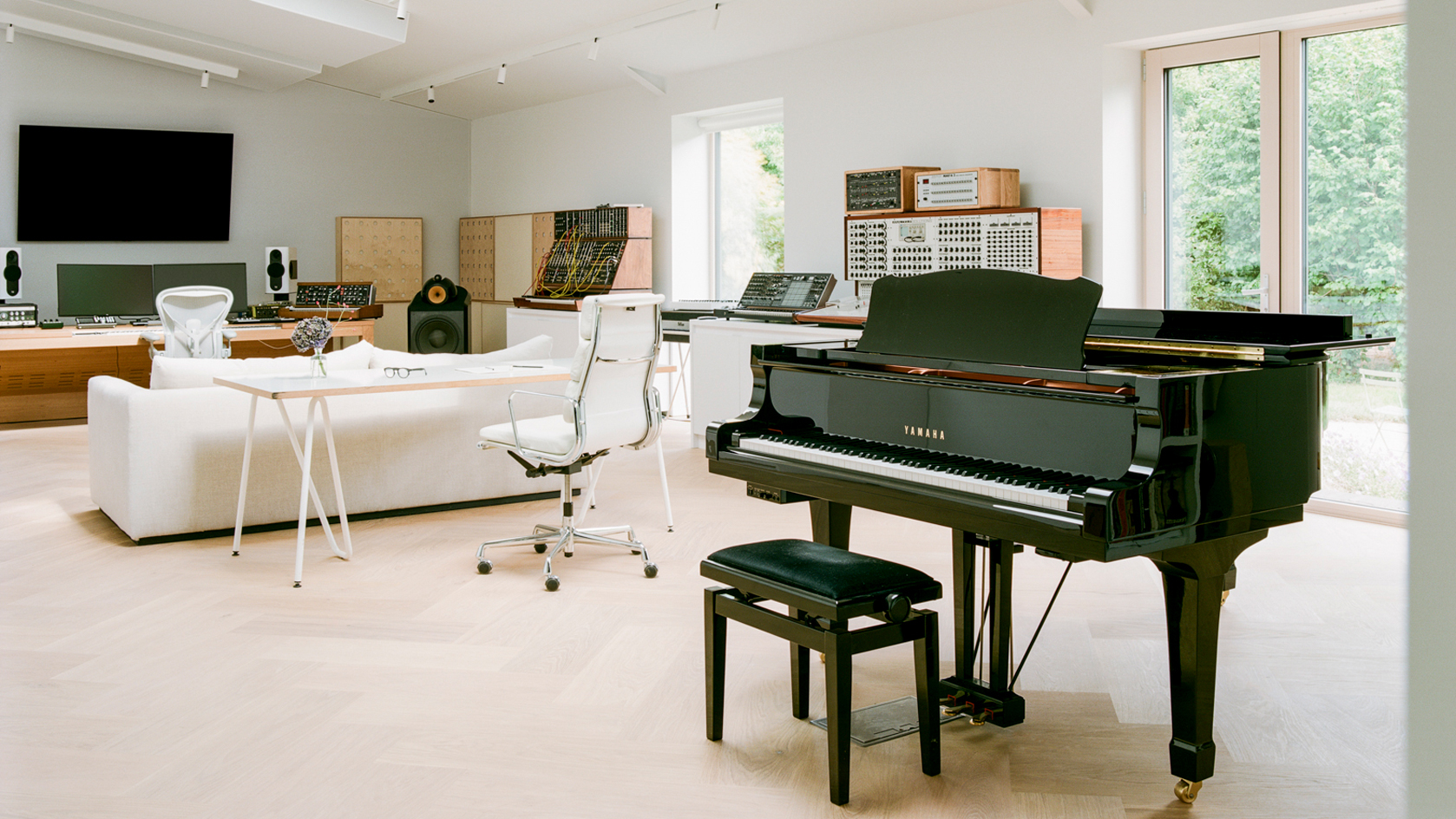
Some music glides gently over the skin, Max Richter’s goes straight under it. The German-born British composer’s universe seems to function around slow creativity and contemplation: the gradual, ethereal burn of his music; the slow pace of life inherent in the rural artist residency and recording studio he recently co-founded in Oxfordshire. Slowness appears to be everything, apart from when it comes to the prolificacy of his creative output, and his rise to become one of the most sought-after contemporary classical composers of an era.
Richter grew up in Hamelin, West Germany, and moved to Bedford, UK in early childhood. His creative inclinations weren’t actively encouraged, but music seeped in: from the Victorian-style piano lessons he took from a young age to his parents’ Bach and Vivaldi vinyls, and the surprisingly fertile punk scene in Bedford. His first taste of the avant-garde arrived from an unlikely source: the milkman, who, upon hearing Richter practise the piano, began not only delivering milk bottles to the door but also experimental records. Richter was immersed in the early textures of Philip Glass and the collaged instrumental concoctions of John Cage.
07. Photo book explores the messy, magical mundanity of new motherhood
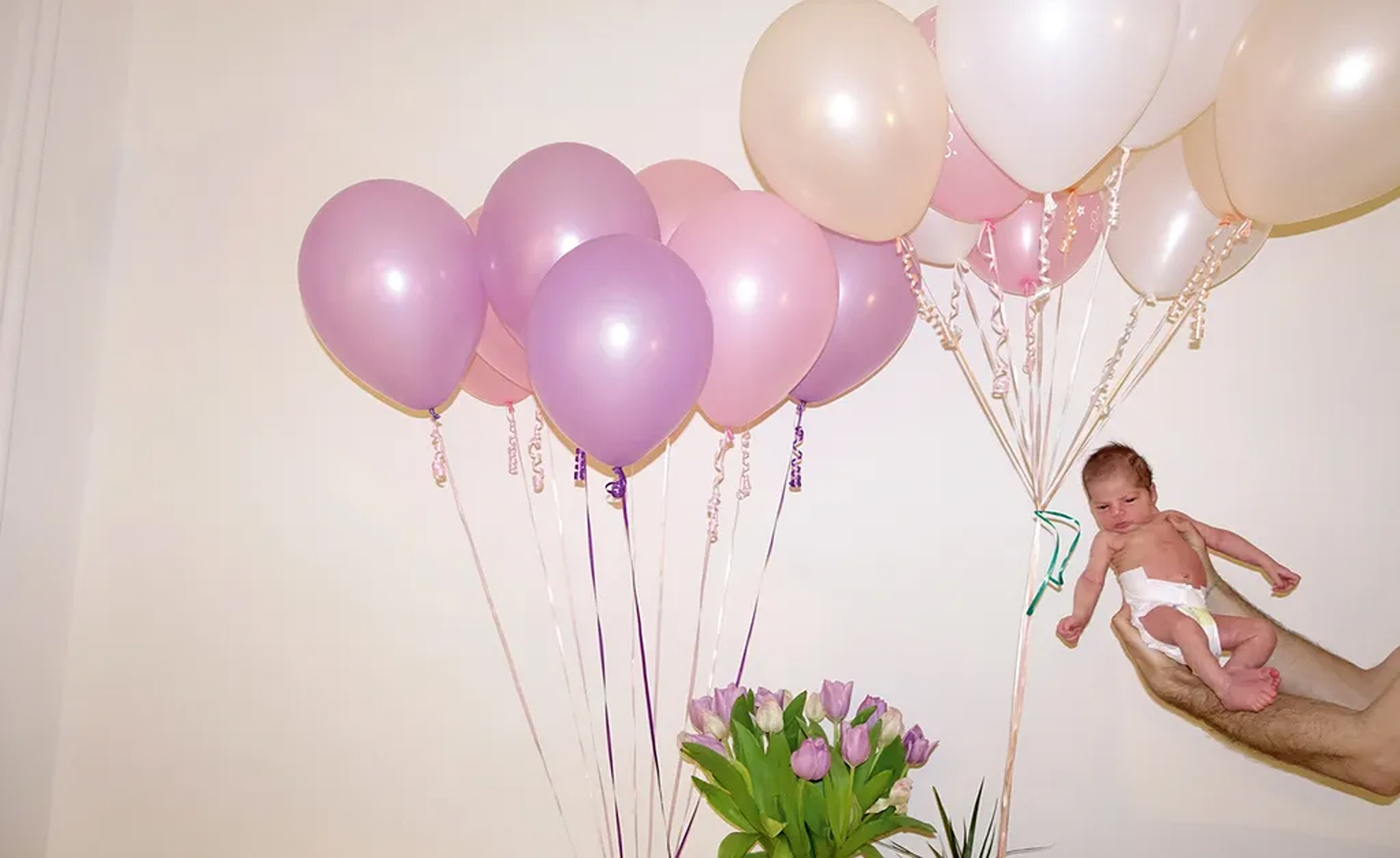
‘I didn't have time to prepare for motherhood – not like that’s really possible,’ says Andi Galdi Vinko. ‘I was busy living, loving and building my career. So when the storm arrived I was quite shocked by my vulnerability and my incapacity.’
This opaque sense of shock and quotidian trauma felt to some degree by all new parents has taken shape in Galdi Vinko’s photography book, Sorry I Gave Birth I Disappeared But Now I’m Back, published by Trolley Books. In a visual diary of those early months, the Hungarian photographer juxtaposes the mundane with the momentous in a visual mash-up of everything from stitches to blood, milk and midnight Google searches.
08. All eyes on Christina Quarles, the painter inventing a new figurative language
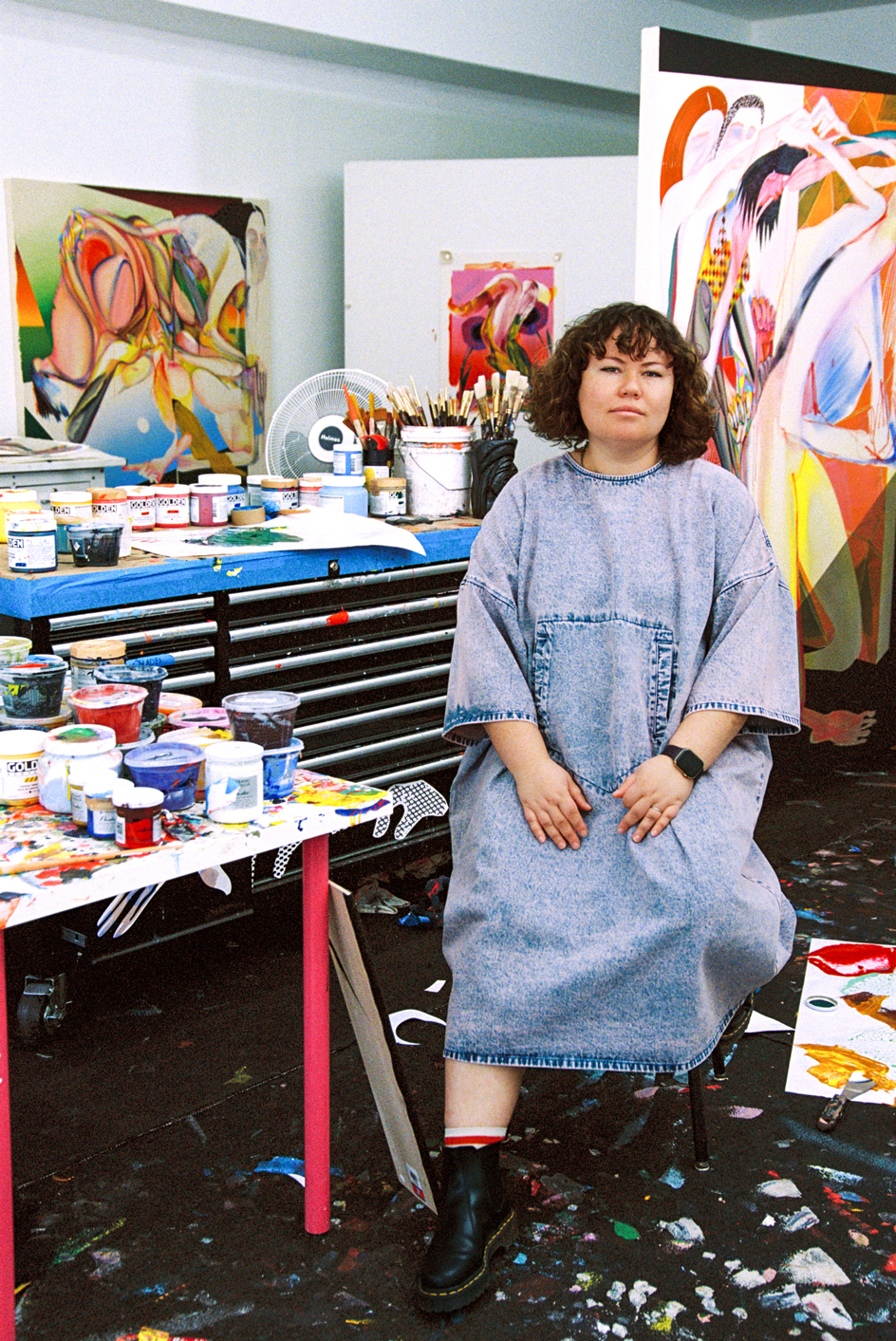
Christina Quarles keeps a folder filled with text documents on her computer desktop: titled ‘thots’, it contains musings on her artistic practice and life. Unpolished and not meant for other eyes, the texts aren’t fully formulated artist statements, but neither are they as personal as a diary. ‘I had a professor who talked about how we need to update drafts about our position in the world,’ the Chicago-born, Los Angeles-raised and -based artist explains. ‘It’s not something that you write once and never look at again; it’s an ongoing drafting process because the world around you changes.’ These thots might never be read by anyone else, but they help Quarles make sense of her life and work within the rest of the world, not unlike her process of creating – puns and all.
09. ANOHNI addresses a world at war with itself in her Wallpaper* guest editor interview
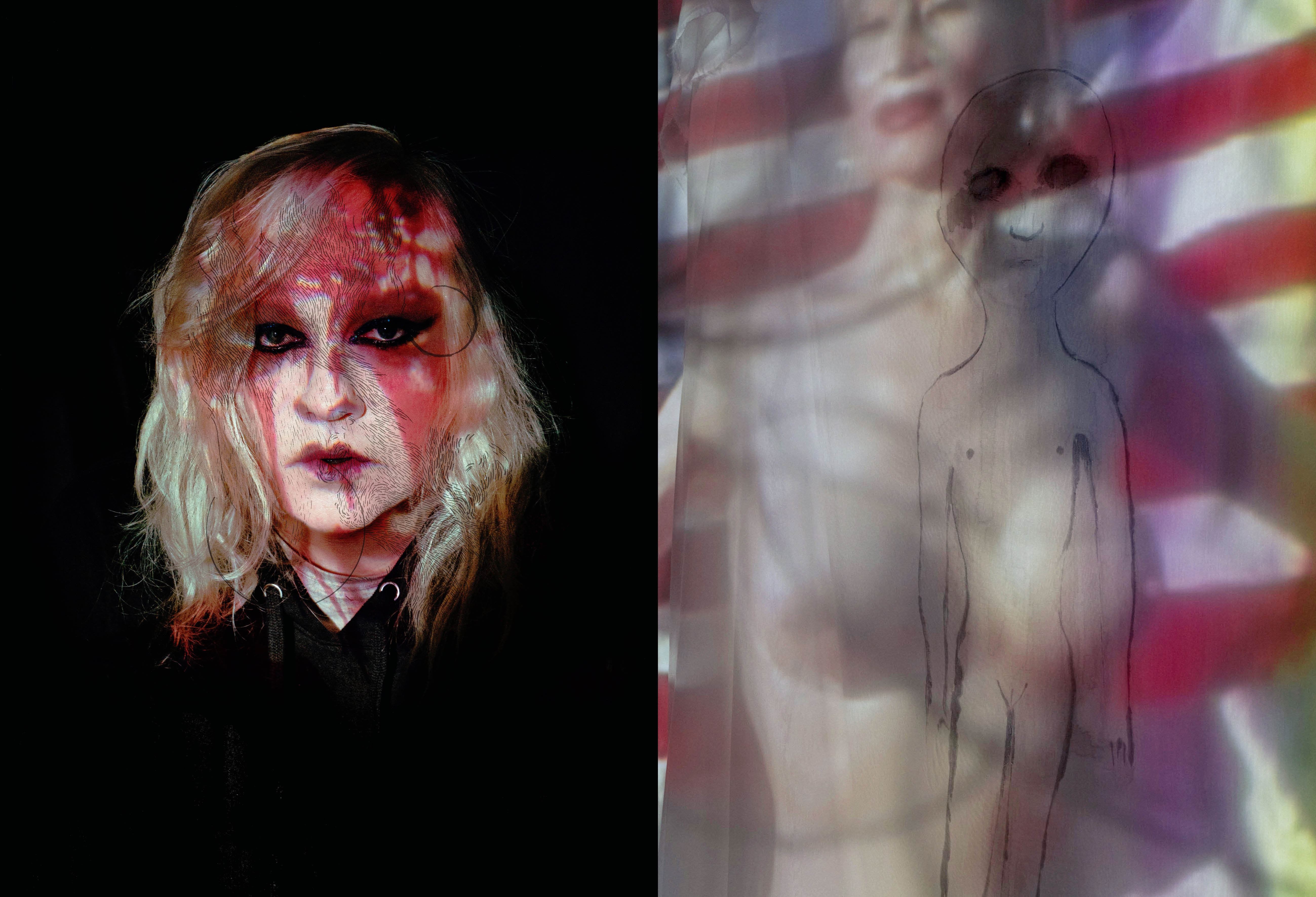
Born in Chichester, in the UK, musician and visual artist ANOHNI relocated with her family to Amsterdam for a year when she was seven, and later moved to California when she was ten. On moving to New York to study experimental theatre at NYU, she became involved in the city’s performance scene, starting her career as founder of a nightclub collective called Blacklips Performance Cult. In 1995, ANOHNI began staging trans-surrealist theatre as The Johnsons. In 1998, she assembled a group of musicians and performed her first concert as ‘Antony and the Johnsons’ at The Kitchen in NYC. After a world tour, her second album, I Am a Bird Now, released in 2005, was both a commercial and critical success, earning ANOHNI that year’s Mercury Music Prize.
In 2023, ANOHNI announced the launch of her fifth album under the name ANOHNI and the Johnsons, and she was also invited to be associate artist at the Holland Festival. Her lyrical programme included an orchestral performance of William Basinski’s contemplative masterpiece The Disintegration Loops, as well as the exhibition ‘She Who Saw Beautiful Things’, honouring ANOHNI’s former collaborator Julia Yasuda, and offering what she describes as ‘a vision of enlightened femininity and luxuriant androgyny persevering in memory despite existential threat’.
10. Shirin Neshat on women’s rights, oppression and the Middle East

For the first time in a long time, Neshat has turned her lens to the Middle East and is looking at the subject of sexual assault and captivity in Iran. The powerful new works have her signature motifs – striking photography in black and white, combined with handwritten calligraphy in Farsi – but there is a directness that speaks to her earlier work. She is inspired by the Women, Life, Freedom movement in Iran, and is tackling her subject matter head-on.
Neshat left Iran aged 17 and has lived in the United States since then. She began making art in earnest after visiting Iran in the early 1990s, and has since gained a reputation as an important activist voice as well as a renowned artist and filmmaker. She has directed three feature films, Women Without Men (2009), which was awarded the Silver Lion Award for Best Director at the 66th Venice International Film Festival; Looking For Oum Kulthum (2017); and Land of Dreams (2021).
Hannah Silver is the Art, Culture, Watches & Jewellery Editor of Wallpaper*. Since joining in 2019, she has overseen offbeat art trends and conducted in-depth profiles, as well as writing and commissioning extensively across the worlds of culture and luxury. She enjoys travelling, visiting artists' studios and viewing exhibitions around the world, and has interviewed artists and designers including Maggi Hambling, William Kentridge, Jonathan Anderson, Chantal Joffe, Lubaina Himid, Tilda Swinton and Mickalene Thomas.
-
 Europe’s auto industry regroups at the Brussels Motor Show: what’s new and notable for 2026
Europe’s auto industry regroups at the Brussels Motor Show: what’s new and notable for 20262026’s 102nd Brussels Motor Show played host to a number of new cars and concepts, catapulting this lesser-known expo into our sightlines
-
 Wallpaper* Best Use of Material 2026: Beit Bin Nouh, Saudi Arabia, by Shahira Fahmy
Wallpaper* Best Use of Material 2026: Beit Bin Nouh, Saudi Arabia, by Shahira FahmyBeit Bin Nouh by Shahira Fahmy is a captivating rebirth of a traditional mud brick home in AlUla, Saudi Arabia - which won it a place in our trio of Best Use of Material winners at the Wallpaper* Design Awards 2026
-
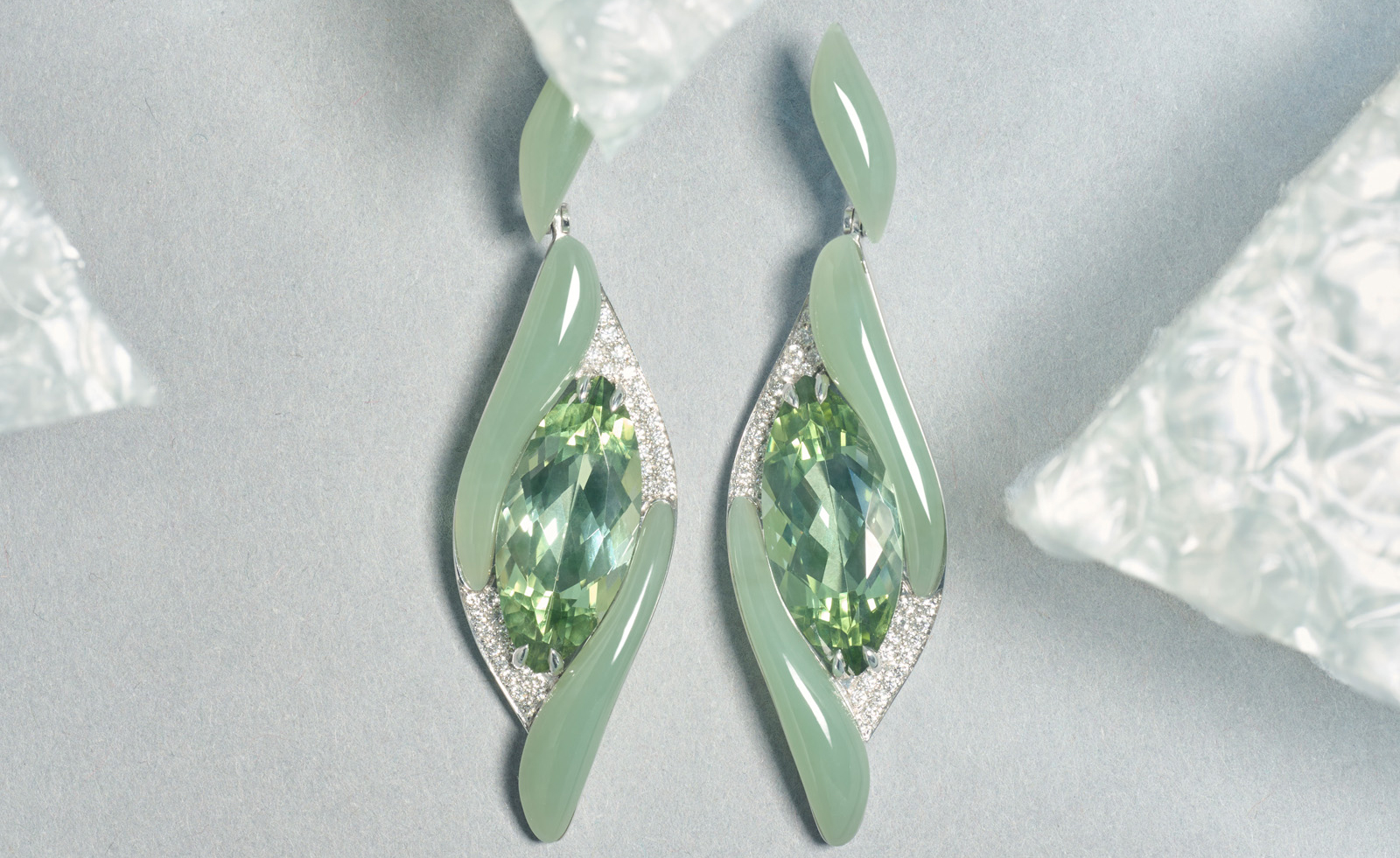 Wallpaper* Design Awards: Boghossian’s gem wizardry dazzles in high jewellery
Wallpaper* Design Awards: Boghossian’s gem wizardry dazzles in high jewelleryBoghossian's unique mix of craftsmanship and modern design is behind the edgy elegance of its jewellery – a worthy Wallpaper* Design Awards 2026 winner